Architecture is a reflection of human civilization, culture, and technological advancement. It’s a blend of aesthetics, functionality, and innovation. Two broad design philosophies have dominated the architectural landscape throughout history: traditional and modern architecture. Let’s explore the nuances of both approaches to understand their unique characteristics, merits, and how they continue to shape our built environment.
Modern Architecture: Embracing Innovation
Modern architecture, also known as contemporary or post-modern architecture, emerged in the early 20th century as a response to rapid industrialization and the need for functional, efficient, and forward-looking design. Here are some key characteristics of modern architecture:
Minimalism:
Less is more: Modern architecture often adheres to the principle of minimalism, focusing on clean lines, open spaces, and simplicity in design.
Functional aesthetics: Buildings are designed primarily for functionality but also pay attention to aesthetics, creating a harmonious blend of form and function.
Use of Innovative Materials:
Steel and glass: Modern architecture frequently incorporates materials like steel, glass, and concrete, allowing for large, open spaces and innovative designs.
Sustainable materials: Many modern architects prioritize sustainability, using eco-friendly materials and designs to reduce environmental impact.
Abstraction:
Abstract forms: Modern architecture often explores abstract shapes and non-traditional building forms, challenging conventional design norms.
Spatial experimentation: Architects experiment with spatial arrangements and geometries to create unique and engaging environments.
Emphasis on Natural Light and Energy Efficiency:
Large windows: Modern buildings often feature large windows to maximize natural light and create a sense of connection with the outdoors.
Energy-efficient design: Sustainability is a core concern, leading to the integration of energy-efficient technologies and practices.
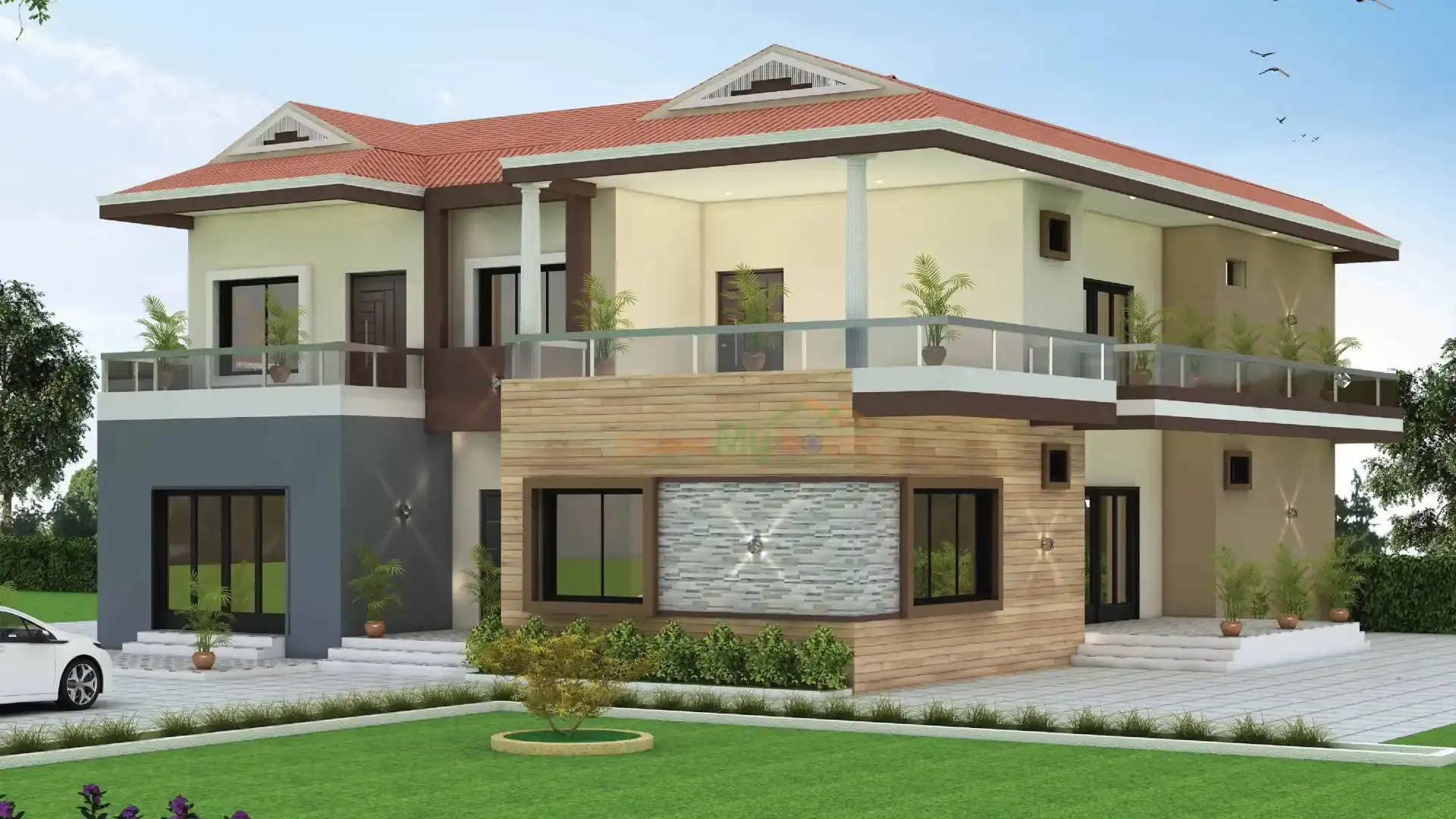
Flexibility and Adaptability:
Dynamic spaces: Modern architecture embraces the idea of adaptable spaces that can evolve with changing needs and technology.
Multi-functionality: Buildings are designed to serve multiple purposes, reflecting the versatility of modern living and working.
Traditional Architecture: Preserving Heritage
Traditional architecture, often referred to as vernacular or historic architecture, draws from cultural and historical contexts to create buildings that reflect a sense of continuity and heritage. Here are some defining characteristics of traditional architecture:
Regional Styles:
Cultural diversity: Traditional architecture celebrates the unique architectural styles and materials of different regions and cultures.
Historical references: It often incorporates historical references, paying homage to the past and preserving cultural identity.
Craftsmanship and Artistry:
Handcrafted details: Traditional buildings are known for their intricate, handcrafted details, from ornate carvings to decorative tile work.
Local materials: Traditional architects use locally sourced materials, fostering a sense of connection to the land.
Symmetry and Proportion:
Harmonious design: Traditional architecture often relies on symmetrical layouts and proportional aesthetics, creating a sense of balance and order.
Cultural symbolism: Symmetry and proportion can carry cultural and symbolic significance.
Integration with Nature:
Blending with the landscape: Traditional buildings often blend seamlessly with their natural surroundings, using landscaping and local flora.
Climate responsiveness: Traditional designs consider local climate conditions, offering natural cooling and heating solutions.
Timeless Appeal:
Enduring beauty: Traditional architecture tends to age gracefully, maintaining its charm and functionality over generations.
Cultural significance: Historic buildings often hold cultural or religious significance and are cherished as symbols of identity.
Prominent examples of traditional architecture include the Taj Mahal in India, the Acropolis in Greece, and the ancient temples of Kyoto, Japan. These architectural wonders have stood the test of time and continue to captivate with their timeless beauty and cultural significance.
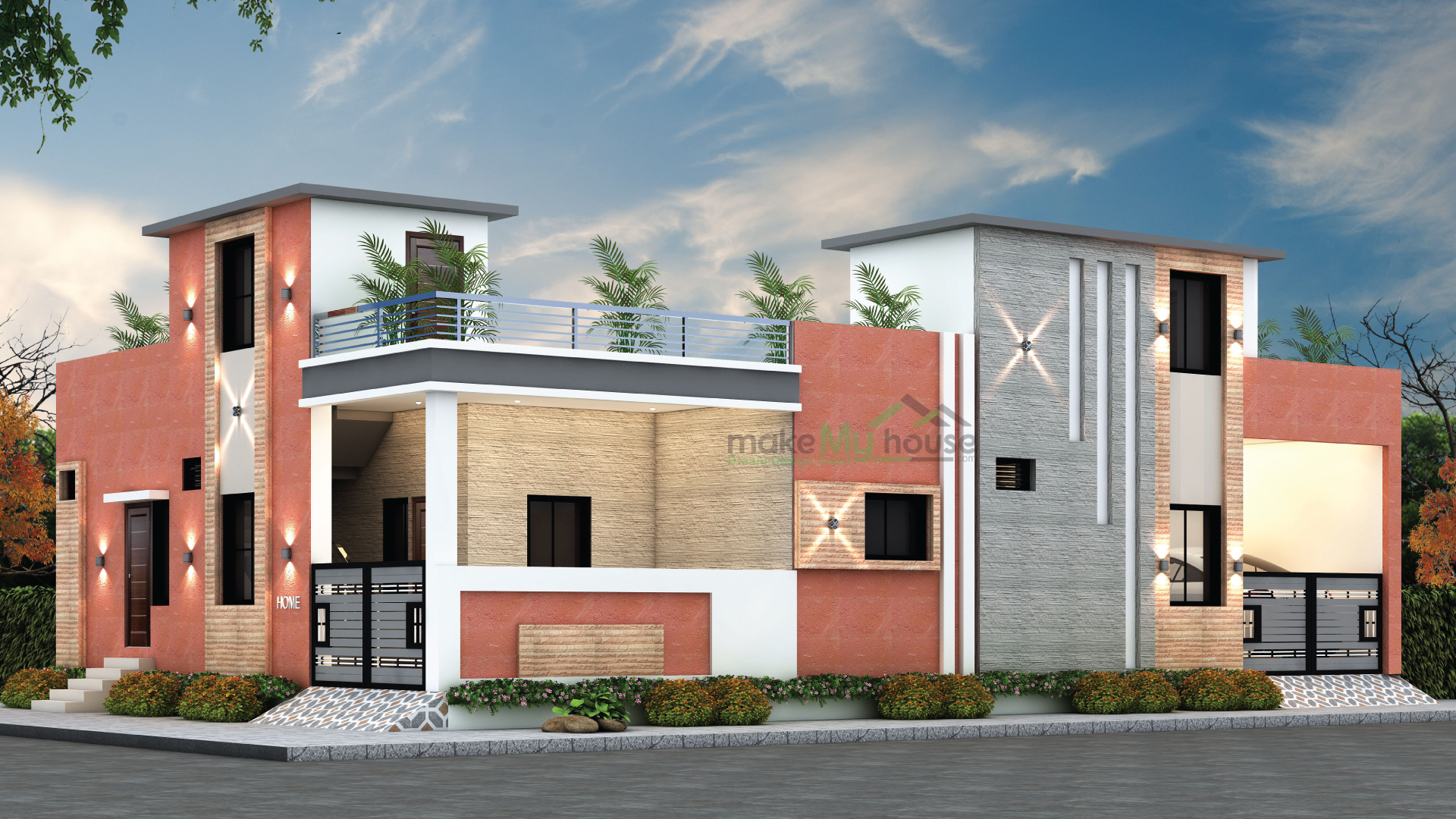
Modern Architecture vs. Traditional: Bridging the Divide
While modern and traditional architecture may seem polar opposites, there is room for harmony and synthesis. Some architects and designers are exploring ways to bridge the gap between these two approaches:
1. Neo-Traditionalism:
Blending styles: Neo-traditional architecture combines traditional elements with modern design principles, creating a contemporary yet culturally resonant aesthetic.
2. Adaptive Reuse:
Preserving history: Adaptive reuse involves repurposing historic buildings for modern use, preserving their architectural heritage while accommodating contemporary needs.
3. Eclecticism:
Mixing styles: Eclectic architecture incorporates elements from both modern and traditional design, resulting in a unique and diverse visual language.
4. Sustainable Tradition:
Eco-friendly traditionalism: Integrating traditional building practices and materials with sustainable technologies to create environmentally responsible designs.
Embracing Diversity in Architectural Excellence
The debate between modern and traditional architecture is not about declaring a winner; it’s about celebrating diversity in design. Both approaches have their merits, and their coexistence enriches our urban landscapes. Architects, in their pursuit of excellence, continue to draw inspiration from the past while pushing the boundaries of innovation. Whether it’s the sleek lines of modern skyscrapers or the timeless elegance of historic landmarks, both architectural styles contribute to the tapestry of human creativity and progress. As we look to the future, it’s essential to appreciate and preserve our architectural heritage while embracing the possibilities that modern design affords us. The fusion of these two worlds offers a promising path toward a more inclusive and vibrant built environment.
FAQs
Q: What is the primary difference between modern and traditional architecture?
A: Modern architecture emphasizes innovation, minimalism, and functionality, often using materials like steel and glass, while traditional architecture draws from cultural and historical contexts, focusing on craftsmanship, cultural symbolism, and timelessness.
Q: Which architectural style is more sustainable, modern or traditional?
A: Both modern and traditional architecture can be sustainable. Modern architecture often incorporates energy-efficient technologies, while traditional architecture may use locally sourced and eco-friendly materials. The sustainability of a design depends on the architect’s choices and priorities.
Q: Are there any common elements between modern and traditional architecture?
A: Some common elements include the use of natural light, attention to spatial arrangements, and a focus on functionality. Both styles can also incorporate elements of symmetry and proportion, albeit in different ways.
Q: How does climate and geography influence architectural style?
A: Climate and geography significantly influence architectural style. Traditional architecture often adapts to local climate conditions, using materials and designs that offer natural cooling or heating solutions. Modern architecture may use technology to address climate challenges while emphasizing energy efficiency.







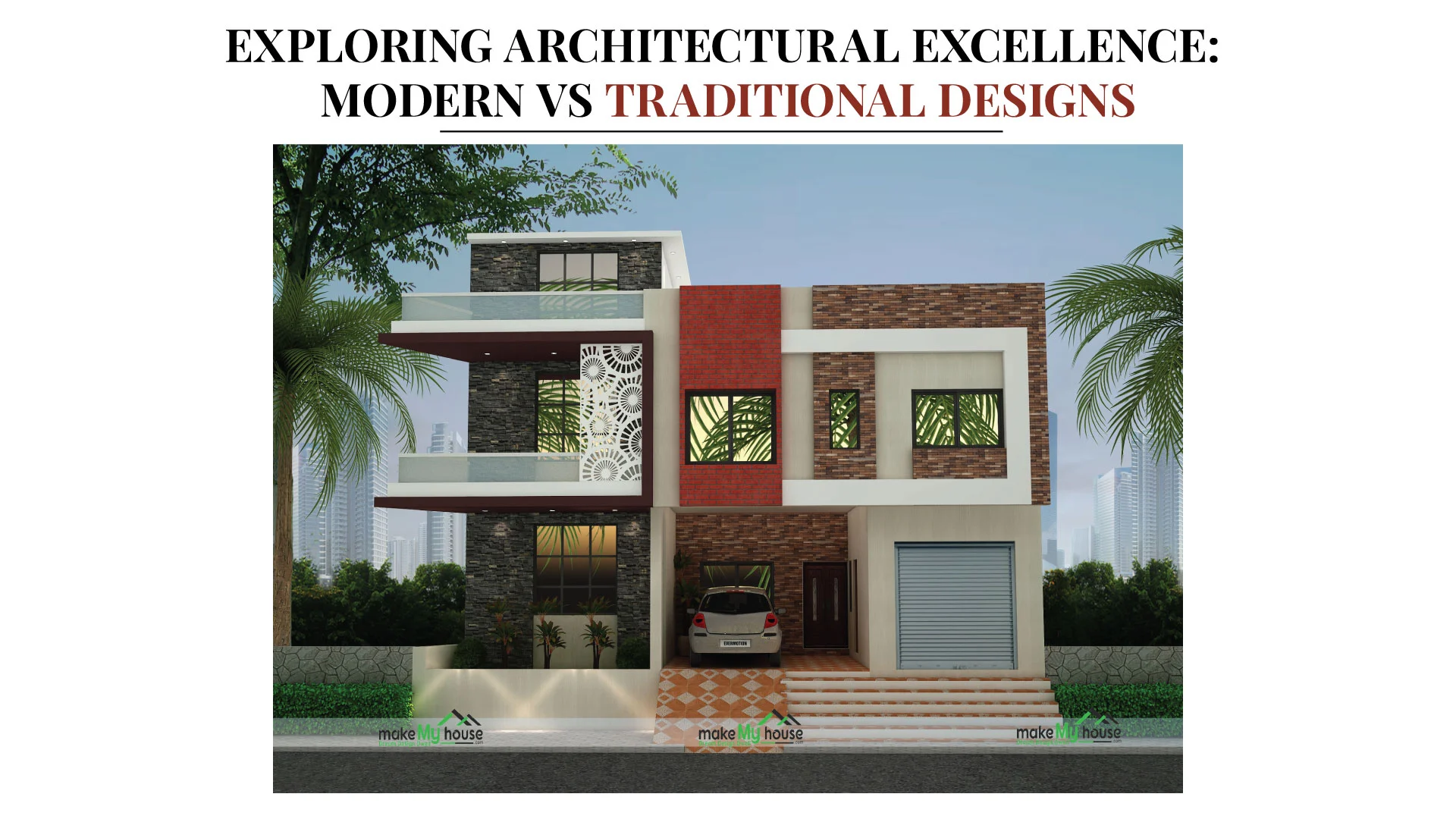
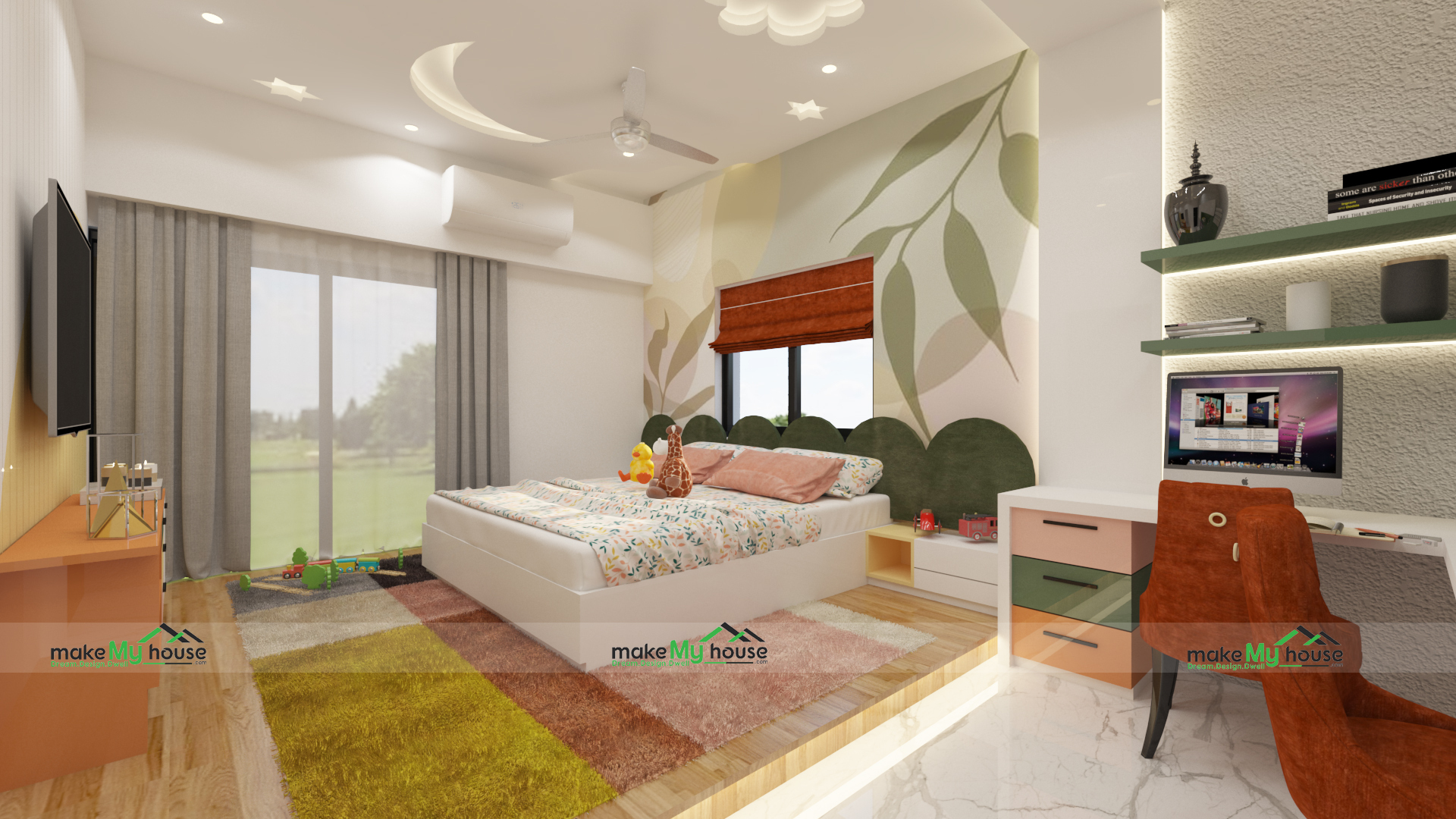

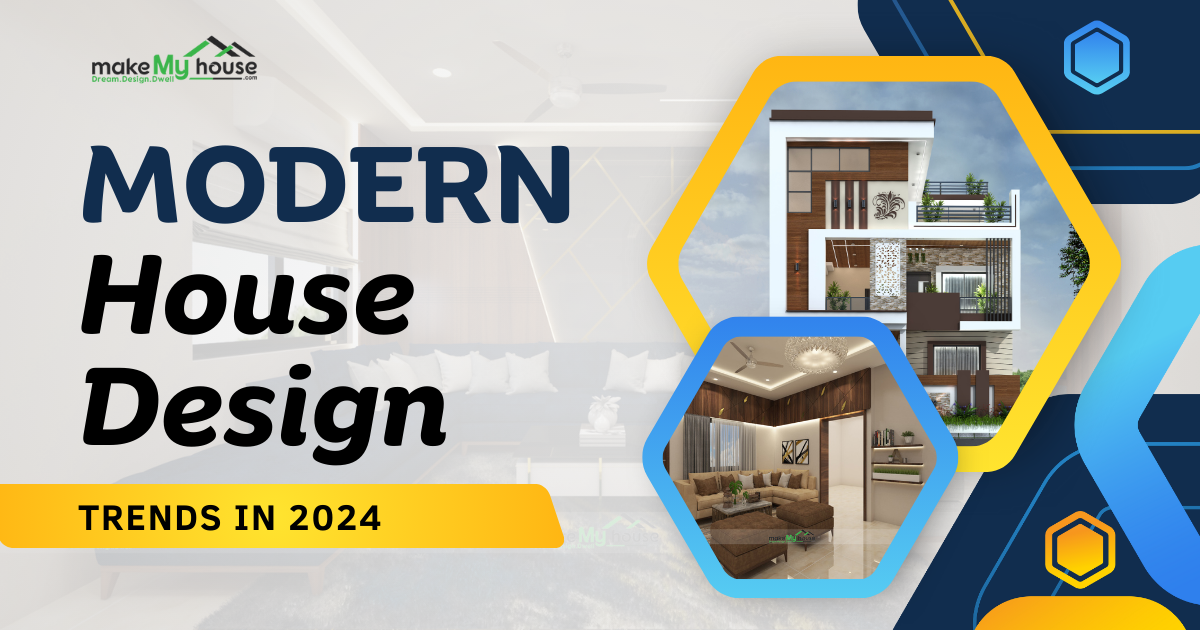

One thought on “Exploring Architectural Excellence: Modern vs. Traditional Designs”